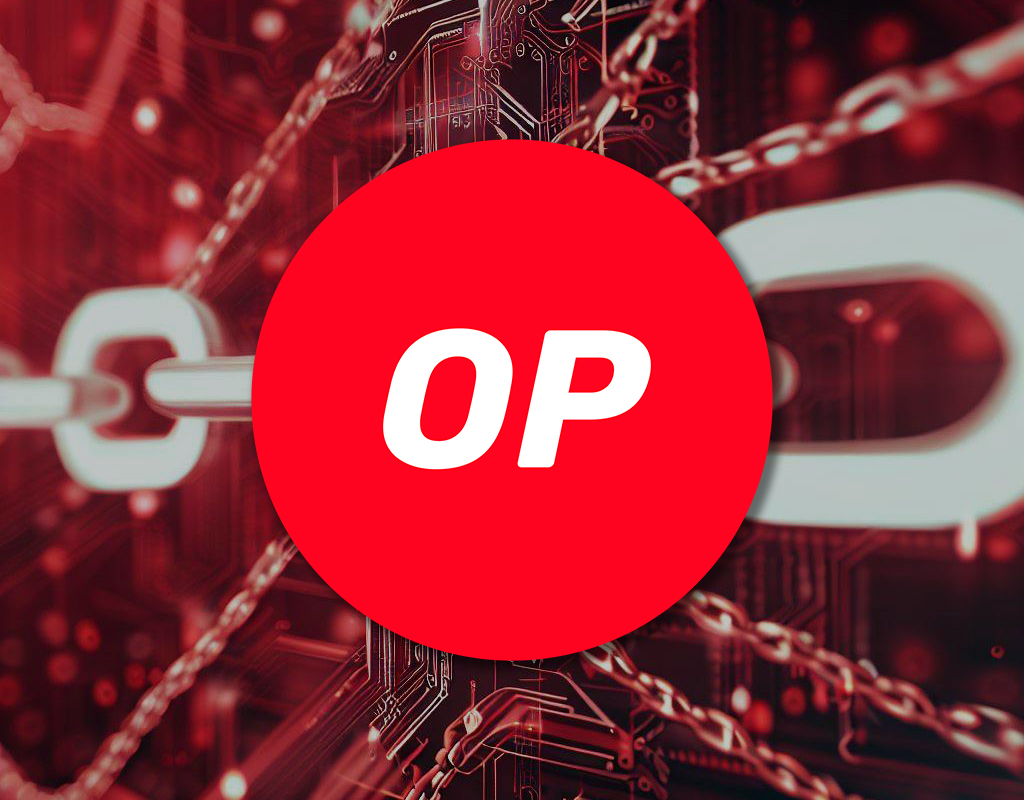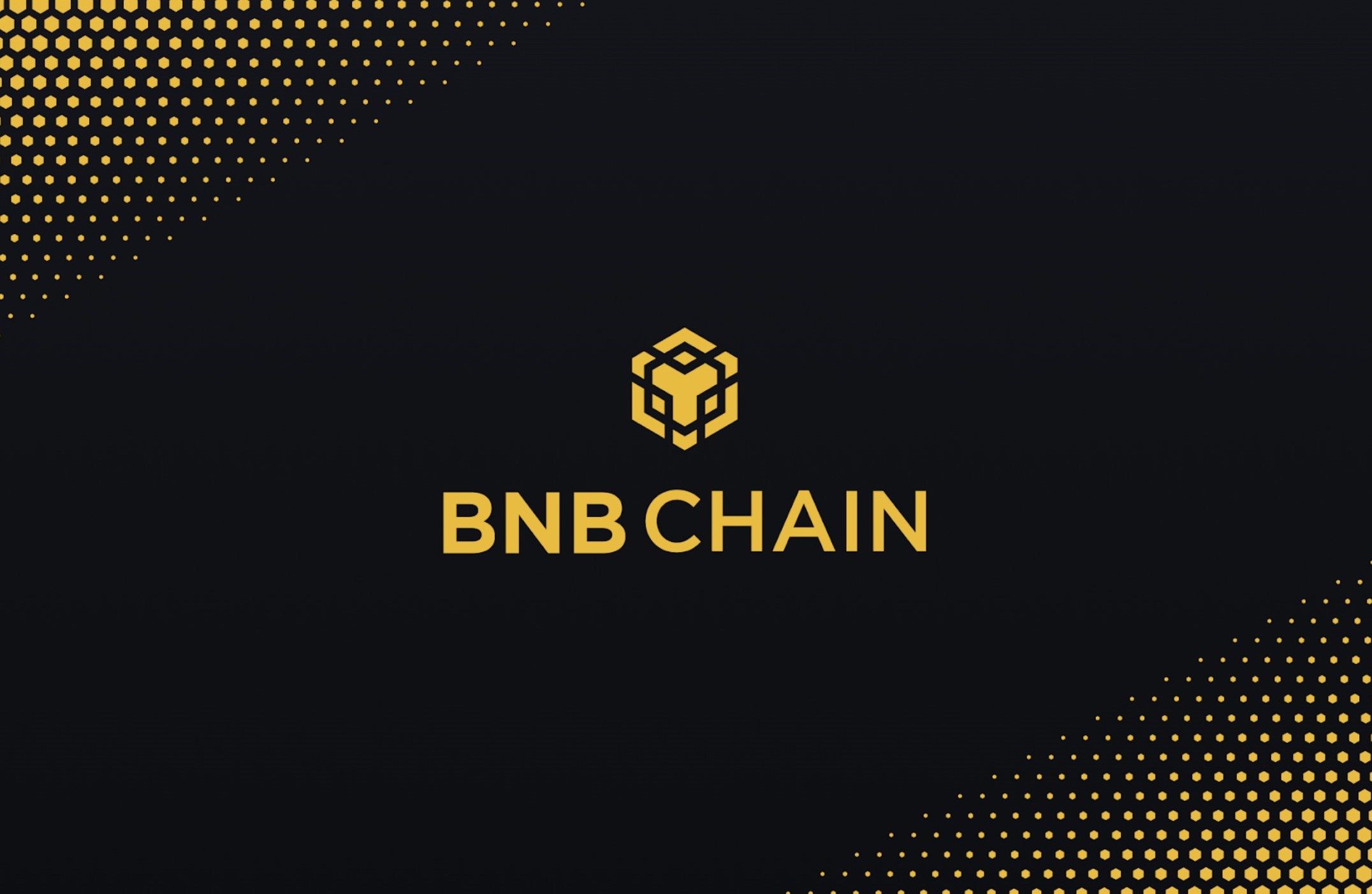
opBNB: High-performance Layer 2 solution for Web3 applications
Binance – one of the biggest cryptocurrency exchanges in the world has recently introduced opBNB – a Layer-2 scaling solution for the BNB Smart Chain powered by the bedrock version of Optimism opStack.
With the goals of providing a truly low-cost layer-2 solution and achieving a capacity of 100M gas per second. opBNB will be a formidable platform in the competition between layer-2 blockchains.
Layer-2 blockchains
Layer-1 blockchains are limited in their scalability and performance. This is because they have to process all transactions on-chain, which can be slow and expensive. Layer-2 blockchains are a way to improve the scalability of layer-1 blockchains without sacrificing security or decentralization.
They do this by offloading some processing and data storage from the layer-1 blockchain to the layer-2 blockchain and then submitting the results back to the layer-1 blockchain.
There are several different layer-2 blockchain solutions, including:
- State channels: State channels are a way of exchanging data between two parties without having to broadcast the transactions to the entire network. This can significantly improve the scalability of a blockchain.
- Rollups: Rollups are a way of batching transactions together and submitting them to the Layer 1 blockchain as a single transaction. This can also significantly improve the scalability of a blockchain.
- Sidechains: Sidechains are separate blockchains that are connected to the Layer 1 blockchain. They can be used to process transactions that are too large or complex for the Layer 1 blockchain.
Layer 2 blockchains are an important part of the future of blockchain technology. They offer a way to improve the scalability and performance of blockchains without sacrificing security or decentralization.
Some of the benefits of using Layer 2 blockchains can be mentioned:
- Increased scalability: Layer 2 blockchains can significantly increase the scalability of a blockchain by offloading some of the work to the Layer 2 blockchain.
- Reduced transaction fees: Layer 2 blockchains can reduce transaction fees by processing transactions off-chain.
- Improved performance: Layer 2 blockchains can improve the performance of a blockchain by processing transactions more efficiently.

Layer 2 blockchains also have to face some challenges:
- Complexity: Layer 2 blockchains can be complex to understand and use.
- Security: Layer 2 blockchains may not be as secure as Layer 1 blockchains.
- Interoperability: Layer 2 blockchains may not be interoperable with other Layer 2 blockchains.
Overall, Layer 2 blockchains are a promising technology that has the potential to improve the scalability, performance, and cost-effectiveness of blockchains. However, there are still some challenges that need to be addressed.
Famous layer-2 blockchains
There are many Layer-2 blockchains on the market today, but not all of them are created equal. Some Layer-2 blockchains are more trusted than others, and users often choose blockchains that work effectively and for the right purpose. Some of the most prominent Layer-2 blockchains include:
- Optimism: Optimism is a layer-2 scaling solution for Ethereum that uses optimistic rollups. Optimistic rollups batch transactions together and submit them to the Ethereum mainnet as a single transaction. This can significantly improve the scalability of Ethereum by reducing the number of transactions that need to be processed by the network.
- Arbitrum: Arbitrum is another layer-2 scaling solution for Ethereum that uses optimistic rollups. Arbitrum is similar to Optimism but offers some advantages, such as faster transaction confirmation times.
- Polygon (MATIC): Polygon is a layer-2 scaling solution for Ethereum that uses a variety of scaling techniques, including sidechains, zk-rollups, and optimistic rollups. Polygon is a popular choice for developers because it offers various scaling solutions and is compatible with the Ethereum Virtual Machine (EVM).
- zkSync: zkSync is a layer-2 scaling solution for Ethereum that uses zk-rollups. zk-rollups are a type of rollup that uses zero-knowledge proofs to verify transactions. This makes zkSync more secure than other rollup solutions, but it also makes it more computationally expensive.
- Loopring: Loopring is a layer-2 scaling solution for Ethereum that uses zk-rollups. Loopring is similar to zkSync but offers some advantages, such as lower transaction fees.
These are just a few of the many highly-used layer-2 blockchains that are available. The best layer-2 blockchain for you will depend on your specific needs and requirements.
opStack: the foundation of opBNB
opStack is a framework for building scalable and interoperable Layer-2 solutions. It is designed to be modular and extensible, making it easy to customize for different applications. opStack also fosters an open and collaborative ecosystem where different projects can work together and benefit from each other.
Benefits of using opStack:
- Flexible execution client options: opStack’s modular replaceable execution design allows opBNB to execute smart contracts using different client options. This design increases the platform’s decentralization and allows opBNB to interact with the blockchain network in various ways.
- Replaceable DA (Decentralized Autonomous) for a lower gas fee: opStack addresses the issue of guaranteeing that the data of the transactions can be accessed and verified by anyone by separating the DA layer from the execution layer. This opens selections from various DA options and seamlessly switches between different DA schemes based on security and performance needs.
- Open ecosystem: opStack fosters an open and collaborative ecosystem where different projects can work together and benefit from each other. By using opStack, opBNB can join a network of chains that share the same tech stack and interoperate with each other.

opStack is a powerful and versatile Layer-2 framework that has the potential to revolutionize the way blockchain applications are built. By choosing opStack as the bedrock, opBNB can achieve several benefits that will make it a more scalable, interoperable, and cost-effective platform.
What is opBNB?
Definition
opBNB is a Layer-2 scaling solution for the BNB Smart Chain (BSC) that uses Optimism opStack. It offloads transaction processing and resource usage from BSC, while still posting data to the underlying mainnet. This allows opBNB to achieve high throughput and low fees.
Here is how opBNB works:
- Users deposit funds from BSC into opBNB.
- Sequencers aggregate transactions on opBNB, compute state transitions and submit them to the rollup contract on BSC.
- Provers generate cryptographic proofs that prove the validity of these state transitions.
- Verifiers check the proofs to verify the opBNB state is correct.
This new solution offers many benefits over BSC, including high throughput, low fees, and security. It is a promising solution for scaling the BNB Smart Chain and providing an improved experience for users.
Benefits
- Scalability: opBNB is designed to be much more scalable than BSC, which means that it can process more transactions per second without incurring high gas fees.
- Cost: The gas fees on opBNB are much lower than BSC, which makes it a more affordable option for users.
- Compatibility: opBNB is compatible with the Ethereum Virtual Machine (EVM), which means that any application that is built on Ethereum can be ported to opBNB.
Features
- Optimistic rollups: opBNB uses optimistic rollups to batch transactions together and submit them to the BSC mainnet as a single transaction. This can significantly improve the scalability of BSC by reducing the number of transactions that need to be processed by the network.
- EVM compatibility: opBNB is compatible with the Ethereum Virtual Machine (EVM), which means that any application that is built on Ethereum can be ported to opBNB.
- Low gas fees: The gas fees on opBNB are much lower than BSC, which makes it a more affordable option for users.
- Security: opBNB is designed to be secure, using a variety of security measures, such as fraud proofs and a fraud-proof token bridge.

Why was opBNB created?
opBNB was created to address the scalability and efficiency limitations of the Binance Smart Chain (BSC). BSC is a popular blockchain platform for decentralized applications (dApps), but it can suffer from high gas fees and slow transaction speeds during periods of high network congestion.
opBNB is a layer-2 scaling solution that uses optimistic rollups to batch transactions together and submit them to the BSC mainnet as a single transaction. This can significantly improve the scalability of BSC by reducing the number of transactions that need to be processed by the network.
In addition, opBNB is compatible with the Ethereum Virtual Machine (EVM), which means that any application that is built on Ethereum can be ported to opBNB. This makes it easy for developers and it also makes it easy for users to use their existing Ethereum wallets with opBNB.
The main reasons why opBNB was created include:
- To improve the scalability of the Binance Smart Chain: BSC is a popular blockchain platform for dApps, but it can suffer from high gas fees and slow transaction speeds during periods of high network congestion. opBNB is designed to address these limitations by using optimistic rollups to batch transactions together and submit them to the BSC mainnet as a single transaction. This can significantly improve the scalability of BSC by reducing the number of transactions that need to be processed by the network.
- To make BSC more affordable for users: The gas fees on BSC can be high, especially during periods of high network congestion. opBNB is designed to be more affordable for users by using optimistic rollups to reduce the cost of transactions.
- To make BSC more compatible with Ethereum: BSC is not compatible with the Ethereum Virtual Machine (EVM), which means that applications that are built on Ethereum cannot be ported to BSC. opBNB is designed to be compatible with the EVM, which will make it easier for developers to move their applications to BSC and for users to use their existing Ethereum wallets with opBNB.
Why choosing opBNB is a good idea
Large-scale Web3 applications like games, social networks, the metaverse, and high-frequency trading face significant challenges when built directly on Layer 1 chains. Networks like BNB Smart Chain, Ethereum, and Polygon were not designed to handle the high transaction volumes and intensive daily active users of these applications.

Layer 2 solutions like opBNB are designed to improve the scalability and user experience of Web3 applications. opBNB offers many advantages, including:
- High performance: opBNB is designed to achieve an impressive capacity of 100 million gas per second. This significant increase compared to existing Layer-1 solutions facilitates fast and efficient transaction processing, a crucial requirement for large-scale Web3 applications.
- Scalability: opBNB leverages the opStack framework to deliver scalability far beyond the constraints of Layer 1 chains. It’s designed for over 4,000 Transactions Per Second (TPS), a significant improvement over Layer 1 chains’ capabilities, thus accommodating high-volume applications.
- Cost efficiency: opBNB is designed to maintain gas fees under $0.005 on average for transfer transactions. This is a significant reduction from standard Layer 1 gas fees, making opBNB affordable for a wider user base.
- Compatibility: opBNB aligns its parameters with the BNB Smart Chain. This means that it can interact with the BNB Smart Chain seamlessly, making it a more attractive option for developers who are already familiar with the BNB ecosystem.
- Security: opBNB employs sequencers, provers, and verifiers to ensure secure state transitions and transactions. Its roll-up is secured by its settlement chain, benefiting from the consensus and data availability solutions of the BNB Smart Chain, ensuring robust security.
- Flexibility: The opStack foundation provides a modular and replaceable execution design, making opBNB not only dependent on a single client implementation but able to interact with the blockchain network in various ways, enhancing platform decentralization and flexibility.
- Interoperability: opBNB’s foundation on opStack means it can interoperate with other Layer 2 platforms like Optimism that support EVM and Solidity. This allows for a more open and collaborative ecosystem, driving network effects, security, and innovation.
- Data availability: opBNB addresses data accessibility by separating the Data Availability (DA) layer from the execution layer. This allows for the selection of various DA options and enables seamless switching between different DA schemes based on security and performance needs.
- Community engagement: The launch of the opBNB testnet and mainnet will directly involve the community in testing and providing feedback. This open feedback loop fosters strong community engagement and contributes to the evolution and development of opBNB.
- Future proof: The opBNB team has an outlined roadmap with key milestones set for 2023, including launching the testnet and mainnet, and replacing the execution layer with bsc-geth/erigon. This ensures continuous enhancements to meet future requirements.
Conclusion
In conclusion, opBNB is a promising Layer-2 scaling solution for the BNB Smart Chain that offers many benefits over BSC, including high throughput, low fees, and security. It is a new solution that is still under development, but it has the potential to revolutionize the way blockchain applications are built on the BNB Smart Chain.
We hope this blog post has provided you with the information you need to know about the new layer-2 scaling solution for the BNB Smart Chain. We also have many other blogs on crypto-related topics, such as which stablecoin is perfect for you, PoP – the promising new consensus mechanism, and how to avoid crypto bubbles. Please be sure to check them out.



